Pax West has been prolific with Yoshinori Kitase interviews to promote his mobile game Mobius Final Fantasy. Now in charge of the Final Fantasy brand, he has been at the helm of some of the best games around : he directed FF6, Chrono Trigger as well as FF7. His name is not as well-known as Hironobu Sakaguchi, but his influence is as far-reaching as it gets when it comes to the FF series.
He is, or dare I say was, one of the most talented designers of its time. His deep knowledge in the art of film-making and screenwriting during his student years tremendously helped elevating the franchise into a collection of well-crafted, thought-out stories that are willing to go outside the norm in terms of fantasy worlds. All of this was created at a time under the constraints of 2D. Yet, as his work unquestionably influenced a generation of video game players, the care of Kitase about his own work is more than dubious. And there is nothing more telling than the recent FF6 port.
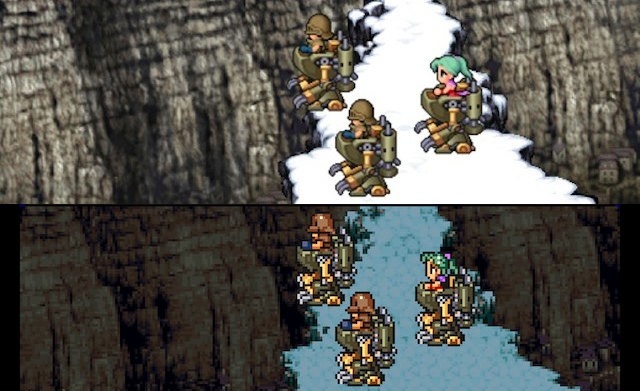
Top: HD port, Bottom: SNES original | Taken from NeoGAF user Haunted
The new “HD” port is the visual equivalent of an emulator abusing with shiny filters: the colors of the scenes are all thrown out of the window, the sprites are poorly remade with a staggering amount of details that are now lost over the original. The game itself has been stretched out to 16:9, even for their own sprites, meaning that they did not care to make their own original content in the proper aspect ratio. It is a complete mess that has left many players disgruntled, especially since the original (and expensive) SNES game still remains the best version to play today. This fantastic article by Lars Doucet goes over the numerous woes of the HD port in a very thorough and informative way.
One could still think that it was merely the work of an outsourced company and that nobody bothered with a proper quality check for these ports, but the truth is even more surprising. Speaking in a very recent interview, for Kitase the port was not bad, it was in fact…good.
Although Japanese players seem fine with the games’ new art, North American fans have complained that there is no feasible way to play the better SNES or GBA versions of FFV and FFVI on today’s consoles. I asked if Kitase would consider putting the original versions of both games on modern platforms, and he appeared surprised at the request.
“I am actually curious to know — I believe the port version, the one you can get right now, does use the more brushed up artwork that’s a little bit more refined,” Kitase said. “Do fans want to see the older version that’s not as refined? Is that the sentiment?” – Kotaku
There is not even an inkling of understanding of the ports’ failings. The very director of Final Fantasy VI cannot see the problem of this version: a complete disregard of the composition of the scenes he set out to create, of the staging of elements that are harmonious together, of the emotions he wanted to convey with the original sprites. All is fine.
I cannot understate the influence of Kitase in the making of Final Fantasy VI, he was the one responsible of stitching together all the characters that were created by various members of the team in a cohesive manner.
“He [Hironobu Sakaguchi] placed me in charge of event production, carefully assessing those parts I directed. I was essentially given the task of unifying all the scenarios and dramatic sections in the game into a coherent narrative.” – Edge Online
He was the one making choices that are strange at first glance, but beautiful with context.
Here’s one: right after the Phantom Train section, the player is forced to wait for 20 seconds as Cyan is mourning the loss of his family after they exchanged parting words. It then ends up in a fade to black leading us to the overworld. By willfully taking the control away from the player, who is unable to go to his next destination (but can still move!!), it forces the focus on Cyan’s plight. His sprite, head down, is giving all the expressiveness and emotion that several millions of dollars in the latest technology would struggle to give with the same intensity. All of this helped with the moody, cohesive background overwhelmed by the black depths of the Phantom Forest. These 20 seconds of silence elevates the scene far more than words ever could.
All of this exquisitely crafted scene brought forth by a simple, yet powerful scene is thrown out of the window in this “HD” port. It now looks like this :
It just comes at a point where you have to wonder if Kitase even cares about the respect that his work should be given. Any filmmaker would be livid if the treatment of their movie re-issue was a complete mess with the brightness set to 240%. A musician would rip the throat out of any producer if they realized their work was re-mastered with the care of a buffalo charging at a mixing machine. But for Kitase, he doesn’t even begin to see the issue. He doesn’t see it, because 2D lost its value to him.
2D is a legitimate, powerful tool that Kitase had used to craft stories in a way that 3D would be unable to replicate. 2D is the world of imagination, of a unique kind of craftsmanship that sets out to circumvent limitations. The limits are the form. You are only so sure on how to exceed your capabilities when you know where the limits are defined. This is true of Kitase, as he used his background to apply film-making techniques in a two-dimensional space held back by hardware restrictions. For us, it was the greatest playground we could think of at the time. For Kitase, it was merely an abstract language.
Unbeknownst to him, a generation of players forever appreciative of 2D was formed. But the moment commercial 3D came into the field of video games, he was gone before he could see them. And he never looked back.
As myself I was always a fan of video games and when I was creating Final Fantasy V I was in love with what I did and I still love that title and it is one of my cherished titles, but when I showed it to my family they didn’t understand what was happening on screen and that’s when I noticed 2D graphics weren’t providing enough movements or characterizations for people who don’t really play video games or understand video games to understand what was going on. That’s always just stayed in my mind so from now on I wanted to create a video where anyone, whether they play video games or not, can understand in an instant what is going on just by looking at the screen. – Hardcoregamer.com
Ever looking to the future, 2D was not much more than a stepping stone towards the inevitable move to 3D. Another dimension that would speak to a wider audience, that would be able to value itself proudly next to film. The limits are now gone, all there is left is a bit of will and talent to make everything come true. He was right.
3D allowed to discover new forms of movement, new ways of storytelling that cannot be downplayed. Final Fantasy VII, that he also directed, is definitive proof of this. He used 3D as something far more than a gimmick, he used it to create a tour de force. If it lasted for the rest of the franchise is a question that is best left to the opinion of the reader, but his tremendous work was more popular when it reached the realm of 3D than it ever was in his 2D era. Even more so when we consider that the incommensurate love for Final Fantasy VI is a distinctly western affair :
In those days we didn’t have the Internet and, as a more junior staff member, I wasn’t given the opportunity to venture overseas – so I wasn’t really aware of the reception the game received outside of Japan,” says Kitase. “However, in more recent years, I’ve regularly tagged along on PR tours to Europe and America – and I have had a lot more opportunity to talk with foreign media and fans. I must say, whenever I go on these tours I’m taken aback by the number of westerners who ask me to sign their Final Fantasy VI cases. In Japan that would apply more to the subsequent game, Final Fantasy VII, but I get the impression there’s a large number of players in the West who prefer the earlier game. – Edge Online
If you like 2D as much as I do, if you value the games of Yoshinori Kitase much more than he does, it puts you in a strange situation: how do you speak to someone who doesn’t want to speak the same language as you do? Maybe you can’t, but you can force him to.
Kitase now comes from a journey that has been fraught with issues for the franchise, in which he had to bear most of the blame. Final Fantasy XIII and XV (formerly Versus XIII) had been particularly rocky in terms of development, losing their bid in the endless race of graphical achievement. Kitase was unable to hold the stage he set out for himself.
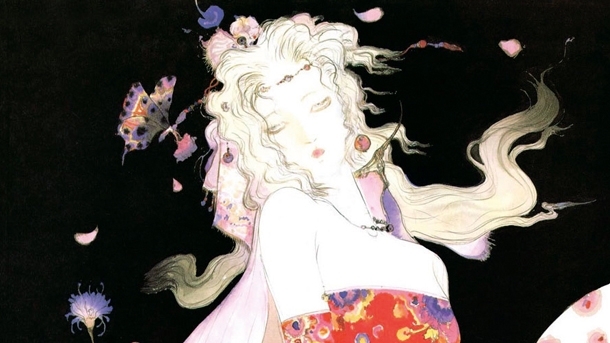
Yet, all of this is nothing compared to what he must have felt afterwards. You can easily pinpoint when Kitase truly reached an all-time low in his career: it was when Lightning Returns: Final Fantasy XIII, an entry of a prestigious brand, sold less than Bravely Default, a newcomer that is preying on the nostalgia of retro Final Fantasy games.
Its liberal use of classic RPG elements was against the battle Kitase waged for the better part of fifteen years to offer games that continues to speak in a language that is more and more easily understood by a general audience. The abstraction he perfected and then left behind was played against him, and the same generation of players who so dearly cherished his past games had spoken in a way they couldn’t before: with their wallet.
My conversation with Kitase took place just a few days after the NPD group had released its sales figures for February 2014. Relevant to our meeting was that fact that while Lightning Returns ranked in the top 10 games for the month, it had been outperformed by Bravely Default, another Square Enix RPG. The discrepancy clearly had caught the company off-guard, if the uncomfortable silence that settled over the table when Kitase mentioned Bravely Default served as any indication.- USGamer
At this very moment, we spoke to him. This hardcore, niche audience that he barely knew existed overtook the casual audience Kitase had focused on for so long.
The overall impression Kitase gave was that of a man taking a long, hard look at a difficult situation and welcoming all feedback, both positive and negative. As the key figurehead for the Final Fantasy series, he knows the games he creates have to change in order to recapture the international successes they enjoyed a decade ago. Right now, he seems to be contemplating what form that change must take. – USGamer
Did something change out of this debacle ? Hardly. He and Motomu Toriyama, who previously both staked a lot on Final Fantasy XIII, are now venturing in the mobile space. They are currently overseeing Mobius Final Fantasy, a game that is, fittingly enough, a full taxing 3D endeavor in a market that is still focusing on 2D games to cater to a wider base of compatible, low-performance smartphones.
But maybe we have to look elsewhere to find change. Mobius is the first game he is producing that is much smaller in scope for a long time. It also introduces something he haven’t seen in a long time: limitations. The mobile space is full of them, and is a never-ending process of learning to overcome them. It might not be what we hoped, but it might be what he needs to find a new perspective in the world of video games. To learn the value of his past games. To love Final Fantasy VI as much as I loved it.
No one knows if it will amount to something, but if this interview in Edge Online, not long after the release of Bravely Default, is of any indication, maybe it will. One day.
It’s maybe strange to say [this], but I miss the limitations of making games in those days,” Kitase acknowledges. “The cartridge capacity was so much smaller, of course, and therefore the challenges were that much greater. But nowadays you can do almost anything in a game. It’s a paradox, but this can be more creatively limiting than having hard technical limitations to work within. There is a certain freedom to be found in working within strict boundaries, one clearly evident in Final Fantasy VI. – Edge Online

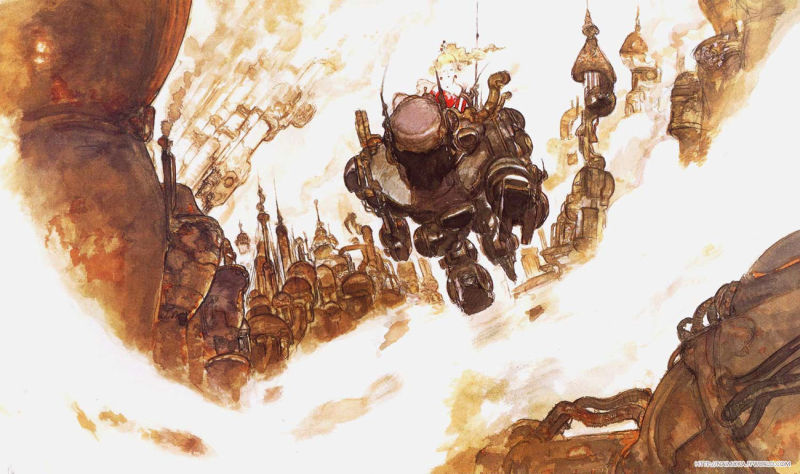





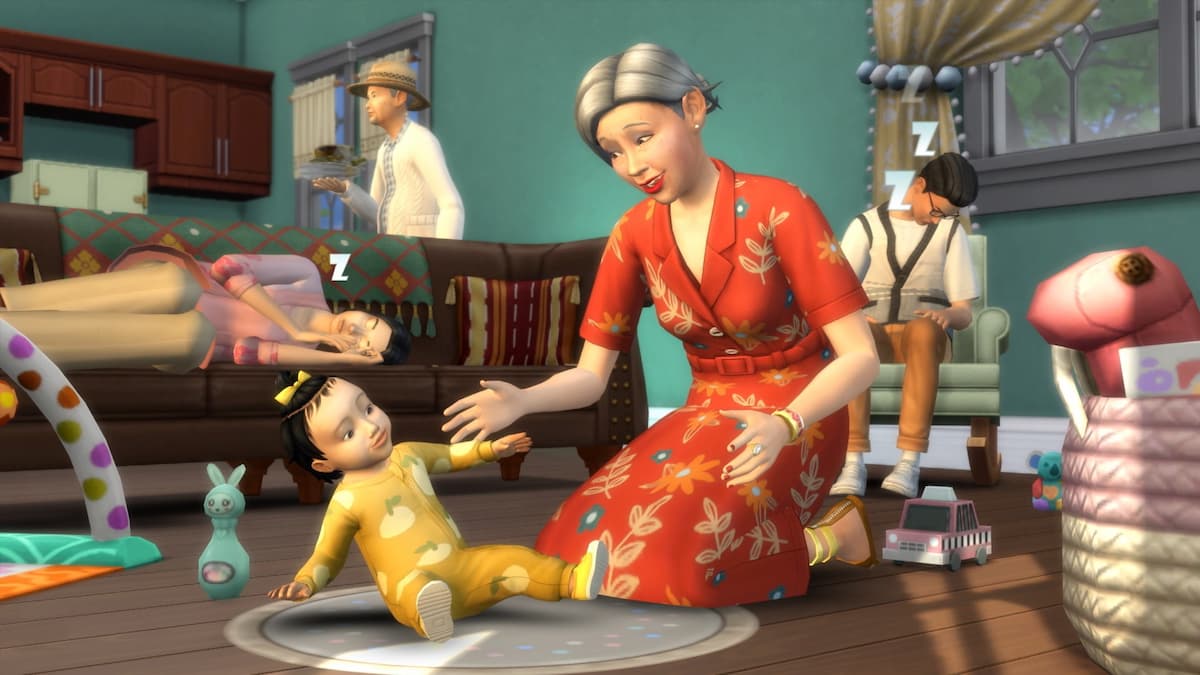
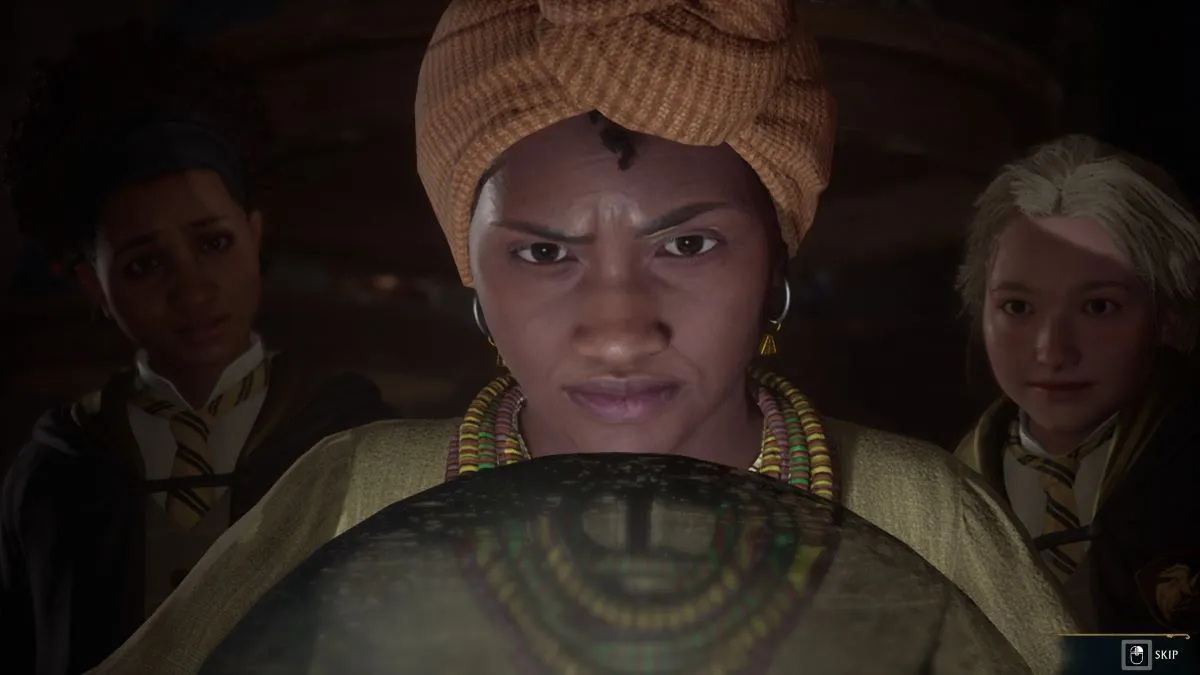
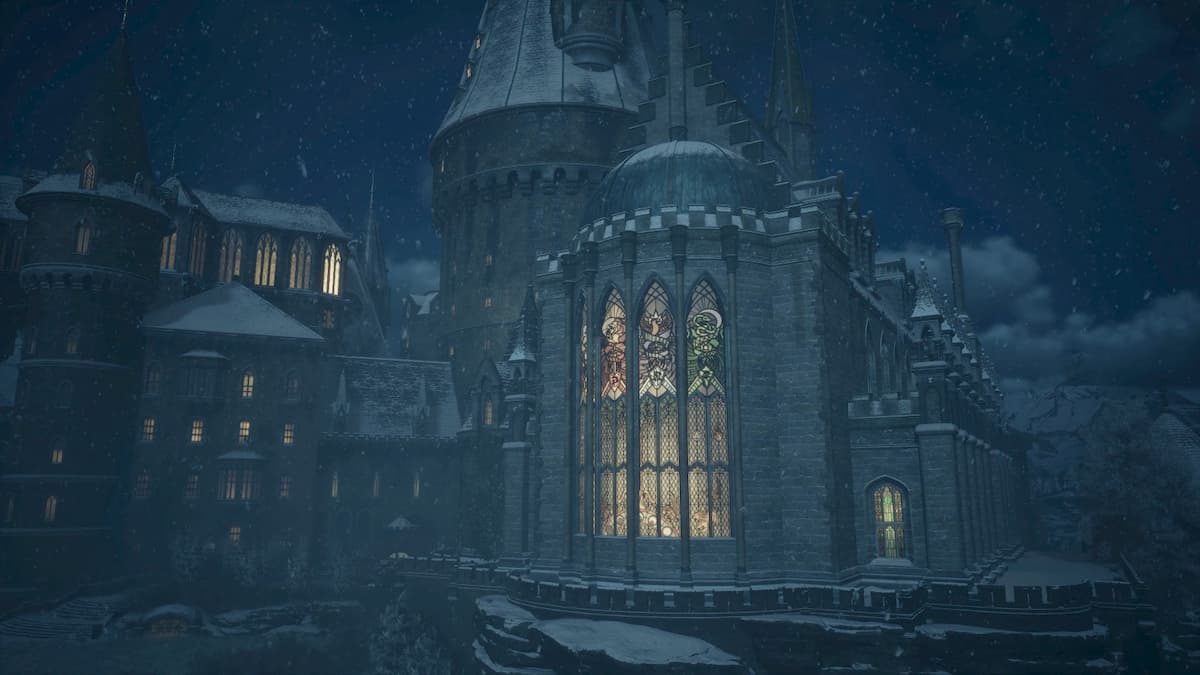
Published: Sep 13, 2017 02:01 pm